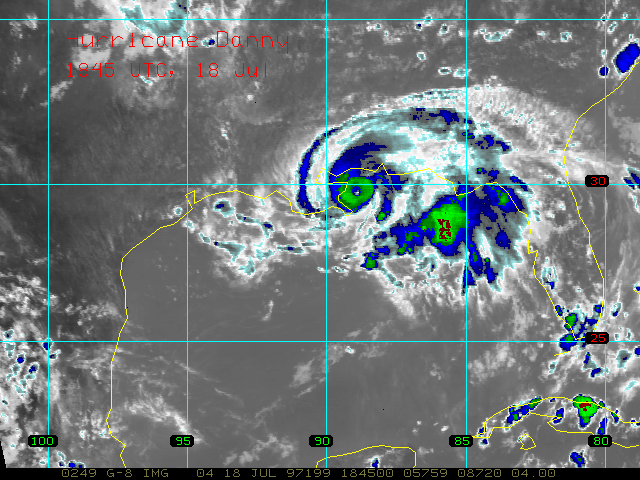
OTHER PERSONNEL:
Mr. Neal Dorst
Dr. Ray Zehr (NOAA/Cooperative Institute for Research in the Atmosphere)
OBJECTIVE OF THE WORK
To help provide satellite imagery both in real-time and for research purposes via the RAMSDIS computer.
RATIONALE
Satellite imagery has assisted greatly in the operational forecasting of hurricanes by allowing for estimates to be made for storms' position and intensity. However, most applications in the past have been of a primarily qualitative basis and not of a quantitative nature that can be utilized for research studies or for ingestion as data into numerical models. Recently, there has been much effort to provide more quantitative information from satellite imagery covering the tropics. A goal of this project is to make available to researchers here at AOML visible, infrared and water vapor imagery taken from the geostationary satellites both in real-time and for post-analysis.
METHOD
ACCOMPLISHMENTS
Since October 1995, we have successfully been accessing real-time
satellite imagery via our RAMSDIS PC that has been provided to us
by NOAA's Cooperative Institute for Research in the Atmosphere. We
have been interacting with CIRA's Ray Zehr and associates to help
maintain and better develop this real-time link. During 1996, Neal
Dorst and I collected over a gigabyte of satellite imagery that has
been archived. During the 1997 hurricane season, we should be able to
archive several gigabytes of data for research studies after the season.
Additionally, the RAMSDIS PC has been quite useful during 1996 and 1997
in planning for and designing our Hurricane Field Project.

KEY REFERENCE:
(None)